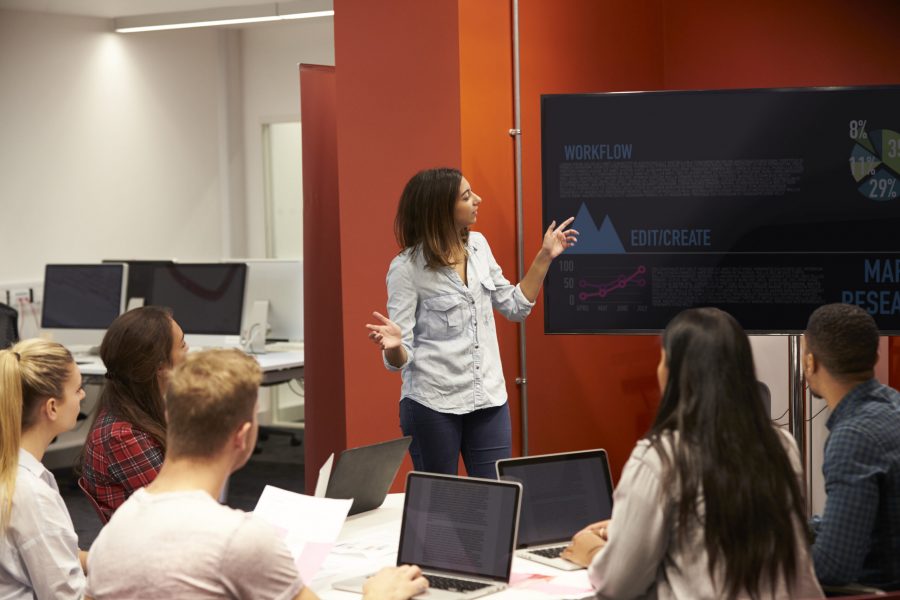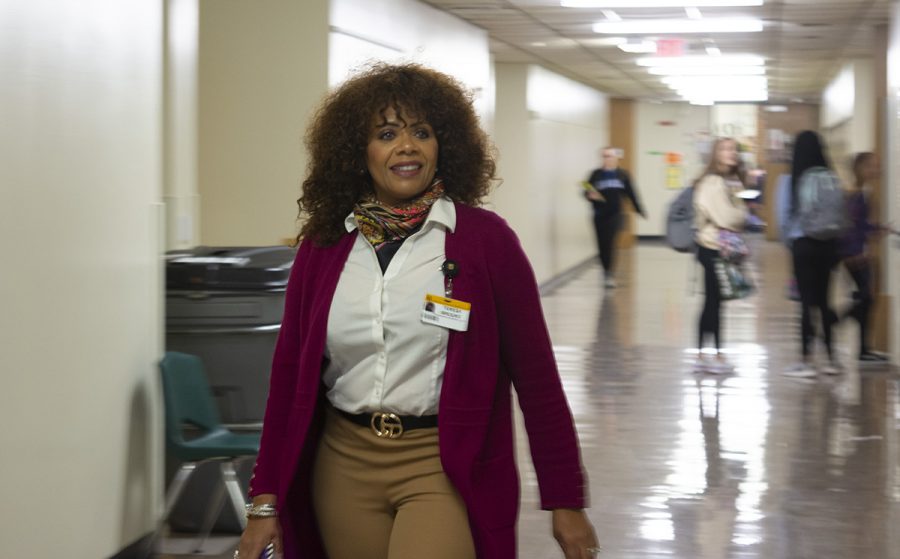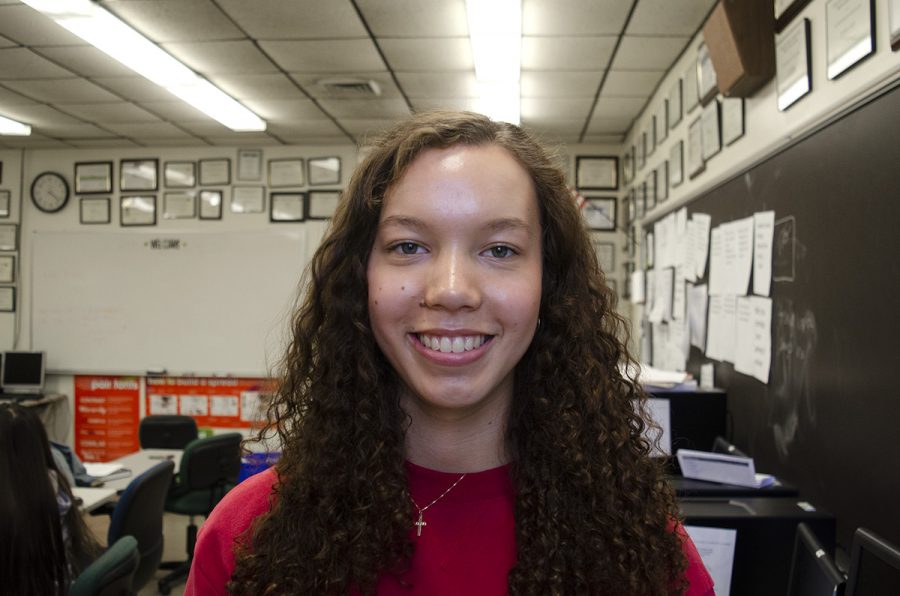Columbia Public Schools (CPS) annually spends $24,460 on equity training, which is learning about how to put aside biases and learn to accept different ideas and cultures. CPS has a partnership with The National Conference of Christians and Jews (NCCJ) in Saint Louis, who teaches CPS employees equity training sessions. Michelle Baumstark, the Community Relations Director of Columbia Public Schools (CPS), said CPS sends some employees to Saint Louis to be certified to teach equity lessons back at CPS.
“There’s a money-saving spin on it and when those individuals [that get certified] come back and teach lessons here at CPS not everybody has to go to Saint Louis to get the training,” Baumstark said. “It also helps us build our own capacity here. We have over 3,000 employees, so it doesn’t make sense to have everyone do a training over in Saint Louis.”
The equity sessions in CPS is not a one-and-done course. It is training that builds on itself over years. James Meyer, director of gifted education for RBHS, has participated in equity training for five years but is not certified himself.
“Equity training at Rock Bridge is with a huge group of teachers, and it is done through a presentation by a teacher or two, and then after that presentation, the teachers break into smaller but still large groups to do some reflection on the presentation,” Meyer said. “The groups are generally supervised by a trained facilitator.”
An example of this type of training is with the current school board. The members are starting to go through equity training and participated in three or four trainings. Those lessons were about people with disabilities and the difficulties they face. The board members were given a set of directions to do a variety of activities like opening a jar but had some inhibitors, such as wearing a blindfold or the ability to use one hand only so they could better reflect on the experience and difficulties of having a disability.
Baumstark said the point of these trainings are not only about discrimination but also about relationships with others and being open minded. She said the aim was to build a “culture of understanding.”
“It’s also about your potential biases and how those might affect your decision making and how you approach situations, your relationships with other employees and students and really trying to create a sense of empathy,” Baumstark said.
Senior Similoluwa Ibitoye said equity training is important for a classroom and relationships with students. He said if a teacher was not considerate of other cultures, it would harm the quality of the education a student would receive.
“It would be emotionally draining if the teacher was not nice to you because of something like sexual orientation or race,” Ibitoye said. “It would make you not like the class or the teacher, and it ruins the whole inclusive vibe that the school tries to have,”
One critique Meyer had of the equity training was the infrequency of the sessions, which hinders the process’s ability to gain momentum.
“It’s almost like you are having a meeting about an important subject with people, but you only meet twice a year and for one hour,” Meyer said. “It’s hard to feel like there is a whole lot of progress if that’s all of the time you are spending on the issue.”
He also said for any education like this one, for a person to truly participate, they have to expose their misconceptions, and he said he doesn’t think there is enough of a supportive environment where that is actually happening in the sessions.
“It’s really hard to create an environment where people can really talk honestly about their experiences and misconceptions they have or how they were raised, as it is part of the reflection of the training,” Meyer said. “This is an issue in which it’s really hard for people to either to admit a prior ignorance or acknowledge that they have something to learn about the subject. If this is not fixed then people are just going to passively experience the training.”
Baumstark said the infrequency is in part because there are not enough certified teachers that can train the district to have regular sessions. For about 3,000 total CPS employees, there are 45 trained employees as of now.
“When you’re trying to create a culture of understanding, that takes time. It doesn’t happen overnight, especially with the size of our school district,” Baumstark said. “I think you have to have an understanding that we are trying to raise capacity for trainers in CPS. We’re really proud of what we’ve accomplished so far. We were the first school district to do a systematic approach to equity training that tries to build a culture instead of just saying to the employees, ‘Hey, come to this training course on Tuesday.’”
Another thing Meyer said was an inhibitor in the process of the equity education was the underrepresentation of minority groups in RBHS staff. He said this places a large pressure on those few teachers to represent their culture during reflection time.
“When these things happen in an environment like our faculty where these so called minority groups are woefully underrepresented, a pressure is put on the shoulders of those people to represent their perspective, when of course they are just individuals,” Meyer said. “But they may not feel comfortable representing their culture and playing a role that they might not fit in with.”
Meyer said more needs to be done in terms of training and devoting more time to these types of activities. He said he thinks the school is doing what they can afford financially and timewise.
“This is not the kind of work where effort is going to get you the results that you are hoping for. As with most things, you can’t work harder, you have to work smarter. That is really challenging when you put a miniscule amount of time towards doing that work, so I think, cynically speaking, it’s really tempting to see what large organizations like our district does as being kind of lip service to the need of this kind of work. I don’t think progress is going to be made unless teachers as an individual think about themselves and how to work together to make Rock Bridge a safe environment that these trainings hope to achieve.”
Although they may not agree on its effectiveness, Meyer and Baumstark both believe that equity training is crucial to education Baumstark said equity training is necessary for a teaching environment because it lets all voices be heard by striving to eliminate bias in decisions and situations.
“It is absolutely [essential],” Baumstark said. “We all come from different backgrounds, and we all have different understandings and we bring knowledge and that brings prejudice or bias, so I think it is essential that we persevere doing this training, as it gives a better school experience for everyone involved.”
How do you think equity in schools should be encouraged? Let us know in the comments below.


























































































